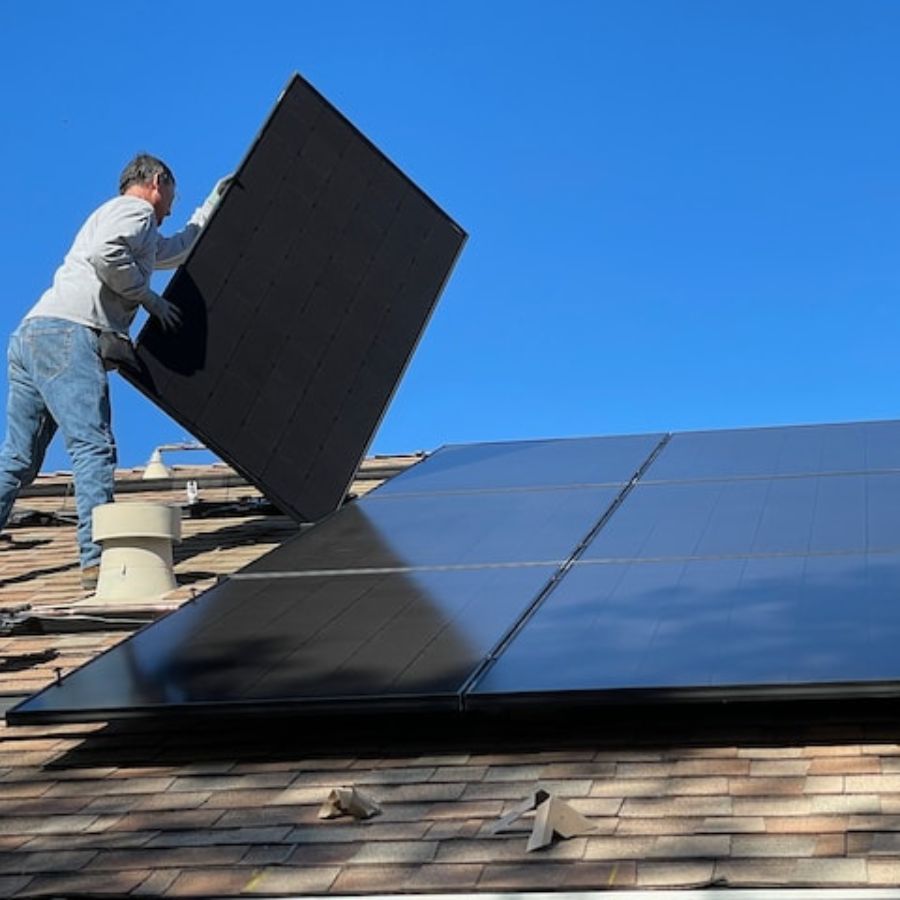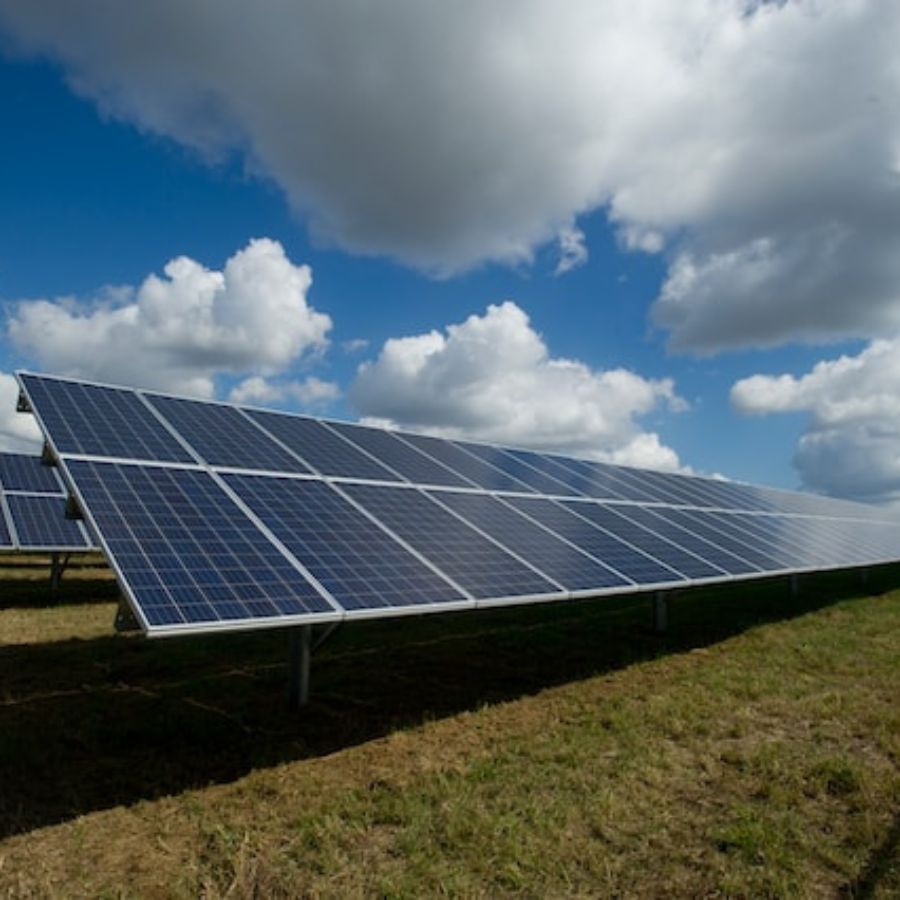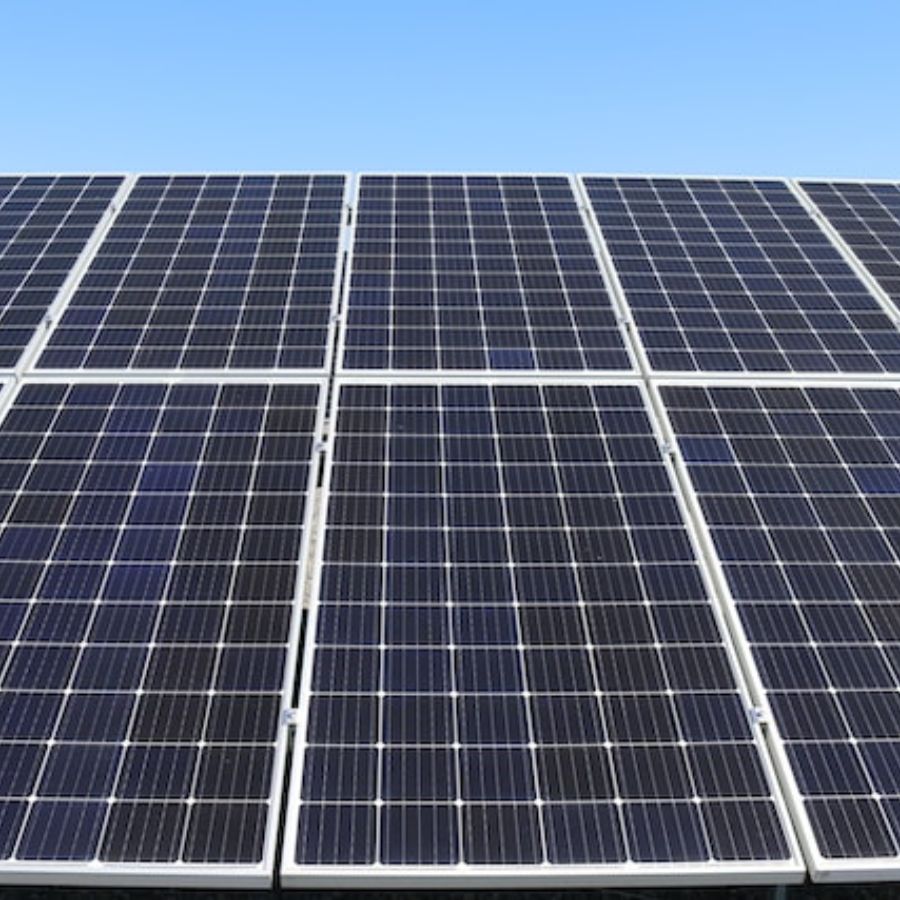Are you eligible for the capital cost allowance for solar panels for your home? How do you calculate the CCA, and under which class do solar panels fall? This article will answer these questions related to CCA in Canada.
What Is Capital Cost Allowance (CCA)?
Capital cost allowance (CCA) is a tax deduction available to Canadian taxpayers who purchase depreciable property for use in their business or to earn income. The Income Tax Act allows taxpayers to deduct a percentage of the cost of eligible property each year to recover the cost over time.
Importance of Capital Cost Allowance for Solar Panels in Canada

In Canada, the federal government offers tax incentives to businesses and individuals who invest in renewable energy and energy conservation projects. One of the most critical tax measures for renewable energy is the capital cost allowance (CCA).
The CCA allows eligible equipment, including solar panels and electrical energy storage equipment, to be depreciated for several years on a declining balance basis.
Solar panels are eligible for CCA under class 43.1 or 43.2, depending on their specifications. Class 43.1 covers solar energy equipment with a peak output capacity of 100 kW or more, while class 43.2 covers fixed-location photovoltaic equipment with a peak output capacity of less than 100 kW.
Battery storage equipment stores electrical energy the specified energy properties generate, including solar panels, which are also eligible for CCA.
Accelerated Capital Cost Allowance
The CCA provides businesses with an accelerated capital cost allowance for certain capital costs incurred in generating clean energy. It allows companies to recover their costs more quickly and incentivizes investment in clean energy projects. In addition, the CCA can be carried forward indefinitely and used to offset taxable income from any source.
The CCA is an essential tool for businesses in the renewable energy sector and provides a powerful incentive for developing clean energy generation and energy conservation projects.
By allowing businesses to recover costs more quickly, the CCA helps to reduce the cost of clean energy projects and makes them more economically viable. In addition, by encouraging the use of renewable energy and reducing greenhouse gas emissions, the CCA supports the Canadian government’s goal of reducing its carbon footprint and promoting a more sustainable future.
Eligibility Criteria for Claiming CCA for Solar Panel Systems
The equipment must be depreciable property and meet specific eligibility criteria to claim the capital cost allowance for solar panel systems. In addition, you must acquire the property to earn income from a business or property and be used primarily in Canada.
In addition, the equipment must meet the definition of “specified energy property” under the Income Tax Regulations. The equipment design must be for solar panel systems to generate electrical energy from sunlight and be stationary or fixed in location.
Calculation of CCA for Solar Panel Systems

The calculation of CCA for solar panel systems depends on the capital cost of the equipment, which includes all expenses incurred to acquire and install the equipment. It consists of the cost of solar panels, inverters, wiring, mounting hardware, and other components necessary for the system to function.
The half-year rule applies to solar panel systems, meaning that only half of the CCA rate is involved in the fiscal period the equipment is acquired. For example, if a solar panel system is received and installed in the first quarter of a fiscal year, only 15% of the CCA rate for Class 43.1 equipment or 25% for Class 43.2 equipment would be allowed as a deduction for that year.
Examples of CCA Calculations for Solar Panel Systems
Let’s take an example of a business that installs a solar panel system for $100,000 in the first quarter of a fiscal year and earns $200,000 in taxable income for that year.
Under Class 43.1, the CCA rate is 30% on a declining balance basis. Therefore, applying the half-year rule, the business can claim 15% of the CCA rate for the first year, which amounts to a deduction of $15,000 (($100,000 x 30%) x 15%)). It reduces the taxable income to $185,000 ($200,000 – $15,000).
Under Class 43.2, the CCA rate is 50% on a declining balance basis. Therefore, applying the half-year rule, the business can claim 25% of the CCA rate for the first year, which amounts to a deduction of $12,500 (($100,000 x 50%) x 25%)). It reduces the taxable income to $187,500 ($200,000 – $12,500).
These examples illustrate how the CCA for solar panel systems can be a valuable tax deduction for businesses that generate income from clean energy generation and conservation projects.
Factors Affecting Capital Cost Allowance Solar Panels
Several factors influence the amount of CCA for solar panels that a taxpayer can claim. In this section, we will discuss the main factors that affect CCA for solar panel systems.
Location of Solar Panel Systems
The location of the solar panel system is an essential factor that affects the CCA that one can claim. For example, solar panel systems in Canada used primarily to generate electricity are eligible for CCA under class 43.1 or 43.2 of the Income Tax Regulations.
The rates of CCA for solar panels differ for each class and depend on the declining balance basis.
Type and Size of Solar Panel Systems
The type and size of the solar panel system also play a crucial role in determining the amount of CCA that one can claim. The Income Tax Regulation defines eligible equipment as specified energy property, including electrical generating equipment using renewable energy sources such as wind, solar, and landfill gas. They also consider the equipment’s capital cost when calculating CCA.
Integration With Other Building Systems
Integrating solar panel systems with other building systems can also affect how much CCA one can claim. Again, it is because the CCA calculation considers the portion of the property that primarily produces or conserves energy.
Suppose the solar panel system integrates with other building systems, such as HVAC or lighting. In that case, a portion of the capital costs of the solar panel system may not be eligible for CCA.
Available Government Incentives
The availability of government incentives is another factor that can impact the amount of CCA one can claim. For example, the federal government offers business income tax incentives for clean energy generation, which includes solar panel systems.
The incentives can take the form of tax credits, grants, or other financial assistance and can reduce the cost of the solar panel system. The reduced cost of the solar panel system will impact the amount of CCA one can claim.
Considering all these factors carefully when calculating the CCA for solar panel systems is essential. The Canada Revenue Agency and Natural Resources Canada guide on determining the CCA for solar panel systems.
Benefits of Capital Cost Allowance Solar Panels

The accelerated capital cost allowance (CCA) for solar panel systems provides numerous benefits for business owners and individuals looking to invest in renewable energy sources. Some key benefits of CCA for solar panels include tax deductions, improved return on investment, and increased business affordability.
Tax Deductions for Solar Panel System Owners
One of the main benefits of CCA for solar panels is that it provides tax deductions for business owners who invest in renewable energy sources. By claiming CCA, businesses can reduce their taxable income and decrease the income tax they must pay.
It significantly benefits businesses looking to reduce their tax liabilities and improve their bottom line.
Improved Return on Investment for Solar Panel Systems
Another benefit of CCA for solar panel systems is that it can improve the return on investment for businesses and individuals who invest in renewable energy sources. Solar panel systems can be expensive. However, by claiming CCA, business owners can recover a significant portion of their capital costs in the first year of installation. It can improve the overall return on investment for solar panel systems. In addition, it makes them a more attractive investment option for businesses.
Increased Affordability of Solar Panel Systems for Businesses
Finally, CCA for solar panel systems can increase the affordability of renewable energy sources for businesses. By reducing the amount of taxable income and lowering the overall cost of solar panel systems, companies can save money on their energy bills and improve their bottom line. In addition, it can make it easier for businesses to invest in renewable energy sources and reduce their reliance on fossil fuels.
Bottom Line
In conclusion, the Canadian government’s commitment to promoting renewable energy sources creates business income tax incentives for companies to invest in clean energy generation.
The accelerated capital cost allowance (CCA) for renewable energy systems provides significant tax savings for eligible properties. They include solar panels and wind energy conversion systems.
Businesses can benefit from these incentives by generating electrical energy using renewable energy sources and reducing greenhouse gas emissions. Natural Resources Canada also has programs to help companies conserve energy and reduce costs. With the support of income tax regulations and natural resources programs, the transition to renewable energy is an environmentally responsible choice and financially beneficial for Canadian businesses.


Leave a Reply